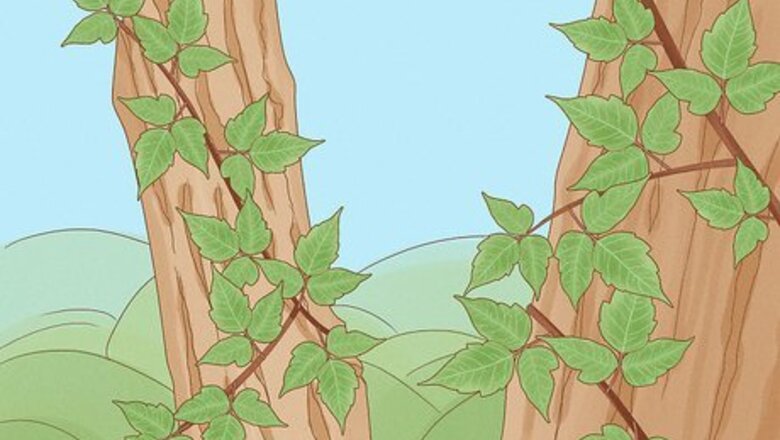
views
Identifying Features of the Plants
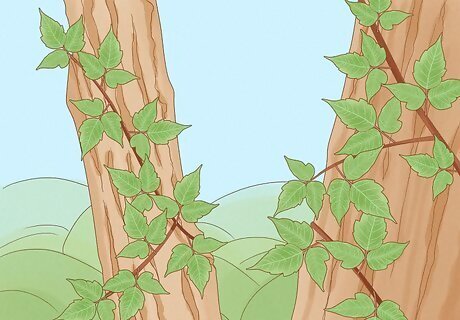
Look for the vine with clusters of three leaves. Poison ivy always has clusters of three leaves. Use this as the defining characteristic, as this plant is not so obvious in most other ways. Poison ivy is remarkable with its ability to grow in a variety of ways. Although it is called "poison ivy" it can not only grow upwards clinging to surfaces like an ivy, but can also grow as a bush or single plants. If growing in rocky places, it tends to take over from all other vegetation. If growing near something like a tree or a fence, it will twine itself around the object as it grows, creating a dense mass of vegetation which cannot be crossed.
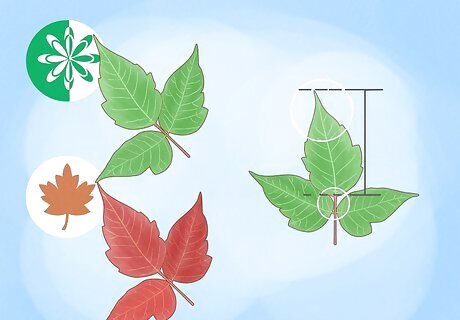
Recognize more of poison ivy’s identifying features. Beyond clusters of 3 leaves, there are several other identifying features of poison ivy. They include: Pointy tips: The three closely-connected leaflets should all have pointy tips Bigger middle leaf: The 2 lateral (side) leaflets are smaller than the terminal (end or middle) leaf. Stem vs. no stem: The center leaf almost always has a small stem, whereas the 2 side leaflets grow directly from the vine and don’t have small stems. Waxy on top, fuzzy on bottom: The leaves can appear in a variety of shades of green, but they tend to be a darker, waxy green on top. The underside of the leaves typically looks lighter in color and fuzzier. Seasonal color changes: In the spring, the leaves are usually a bright green color, whereas in the fall, they turn red (poison ivy) or bright red/orange (poison oak) Sometimes shiny: The leaves will often have a shiny appearance to them, but don’t rely on shininess alone as an indicator -- especially if it has rained recently.
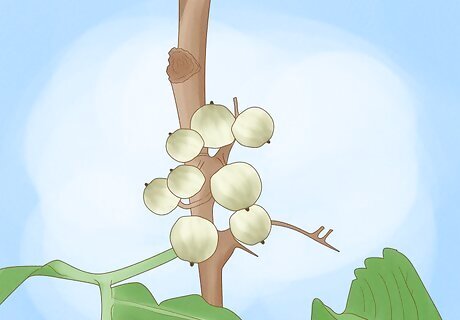
Check for fruit. Both poison ivy and poison oak plants produce small clusters of fruit. If either plant has berries, do not touch or consume them for any reason.How to Identify Poison Ivy/Oak FruitColor: White, greenish-white, or tanIn bloom: Flowers grow in the spring and berries ripen in late summer, continuing to grow throughout fall and winter.Safe for humans? Birds and deer eat these berries, but they are not safe for human consumption.

Don’t touch any part of the plant. All parts of the plant contain the irritating urushiol oil, so avoid any contact with all parts of the plant. Urushiol is a colorless (or sometimes slightly yellow) oil that can remain on objects for months. The oil content is highest on the plants in the spring and summer months. If you accidentally touch poison ivy, you'll get a rash with patches or streaks of red, raised blisters on your skin. If that happens, use a steroid cream and calamine lotion. You can also take an oral antihistamine for the itching.

Teach children rhyming phrases to help them avoid poison ivy. There are a number of fun, rhyming catch-phrases that you can teach to children to help them identify and stay away from poison ivy. Here are some of them:Poison Ivy Rhymes for Kids "Leaves of three? Let them be!""One, two, three? Don't touch me”"Hairy vine, no friend of mine.""Longer middle stem; stay away from them.""Berries white, run in fright""Berries white, danger in sight.""Red leaflets in the spring, it's a dangerous thing.""Side leaflets like mittens, will itch like the dickens."
Spotting Poison Ivy and Oak When Out and About
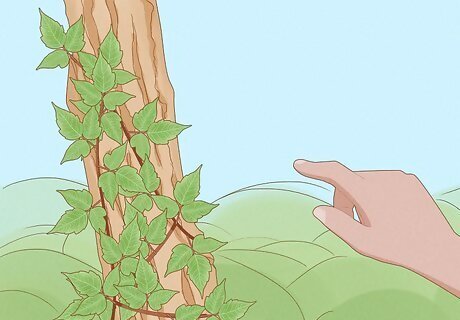
Inspect vines before touching, brushing against them or walking through them. When growing as a vine, poison ivy can snake its way along trees. When it grows like this, it is tons of little poison ivy plants growing out of a vine. Always inspect a vine if you need to go near it, and see if it has plants growing out of it.
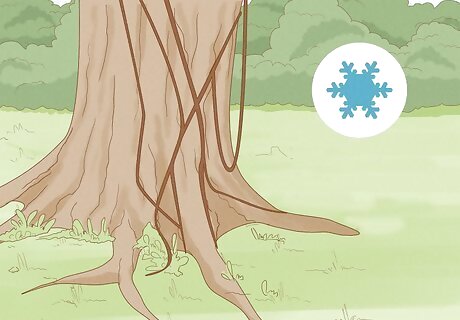
Remain vigilant even during the winter months. Poison oak drops its leaves in winter, leaving a bare stem of a vine hanging down. But for sensitive individuals, this can still cause a rash.
Tricky Things to Be Aware Of
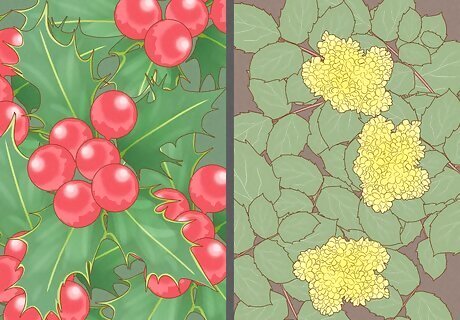
Avoid confusing poison oak with other plants. Some other plants have two or three similar-looking leaves. Such other plants may have spines on the leaf tips (holly or Mahonia) or thorns on the stems (blackberry). However, it is better to avoid plants that resemble poison ivy. If you see a plant that has all the characteristics, but have regular, uniformly shaped leaves, or sharp tips on the edges, it's not likely to be poison ivy. Poison ivy has tips that are more randomly spaced and somewhat curved between the tips along the edges.
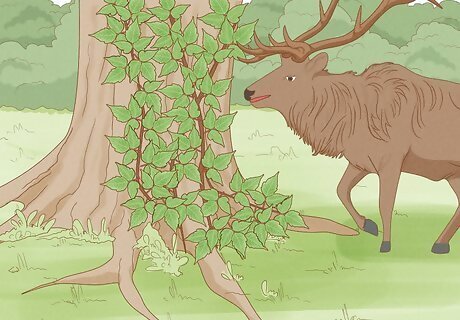
Even if other animals eat an unidentified plant, that does not mean it is safe. Toxic plants are not poisonous to all creatures. Deer and other grazing animals may happily eat poison ivy.













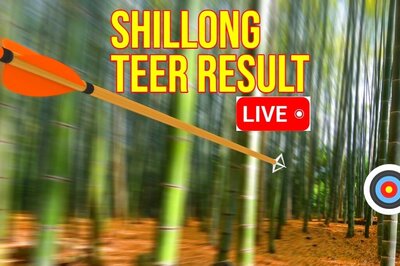




Comments
0 comment